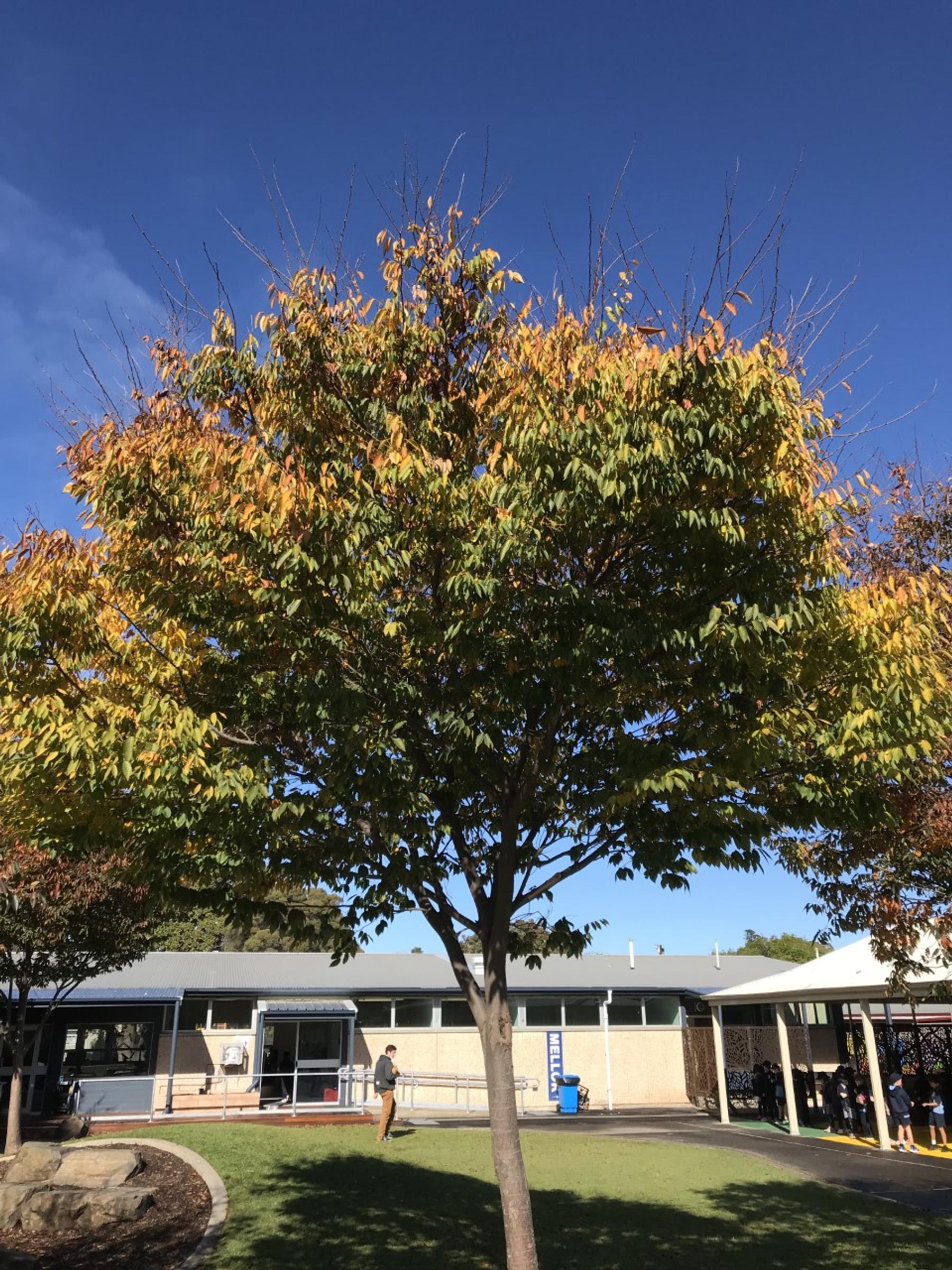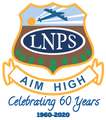Science

Term 1
Students will investigate the way objects move, and how this movement depends on a variety of factors. They will explore how the body can move, and in what way an objects’ shape and size effects if it can roll, bounce or slide. Students will engage in hands-on investigations, create visual illustrations, use reasoning skills, and relevant scientific language to support their decision making. They will develop an understanding of Aboriginal Peoples knowledge of movement and how this understanding influences the design of traditional instructive toys.
Learning Intentions
Students will:
• engage in learning opportunities that elicit prior knowledge and misconceptions about movement
• understand that the body can move in a variety of ways
• understand that rolling is a form of movement • conduct a simple investigation to understand how the shape of an object effects if it can roll
• know and understand bouncing is a form of movement and depends on the material that the object is made from
• investigate to understand that different shaped and sized objects will roll and bounce differently
• investigate to understand that the material an object is made from affects it movement
• understand that sliding is a form of movement • understand how the shape and size of Aboriginal Peoples’ instructive toys can influence their movement
• apply their understanding to identify objects with specific properties that affect their movement.
Term 2
Chemical Science
Students will recognise that objects can be made of a variety of different materials. They use their senses to identify different types of materials and group objects based on the materials from which they are made. Students will investigate and identify common properties of various materials and begin to understand that the properties of a material determines its use. They will make predictions, observations and share their findings when testing the properties of different materials. Students will develop an understanding of how Aboriginal and Torres Strait Islander Peoples combine different materials, based on their properties, to make utensils. They will recognise, identify, and record the materials, uses, and common properties of a variety of everyday objects.
Learning intentions
Students will:
- • think and act scientifically to elicit prior knowledge about objects and their properties
- • investigate to understand that objects have specific uses
• understand that objects are made from a variety of different materials • apply their knowledge of different materials to sort objects based on the material they are made from
• explore to understand the common properties used to describe materials
• investigate to identify the properties of different objects
• understand that Aboriginal and Torres Strait Islander Peoples combine materials to make utensils for different purposes
• investigate the purpose of combining materials for manufacturing objects
• apply their understanding to recognise the material, purpose, and properties of an object.
Richard Barwa (Early Years Science)
R7 and R9
Richard.Barwa911@schools.sa.edu.au
Bec Semler (Early Years Science) R8
Bec.Semler759@schools.sa.edu.au

